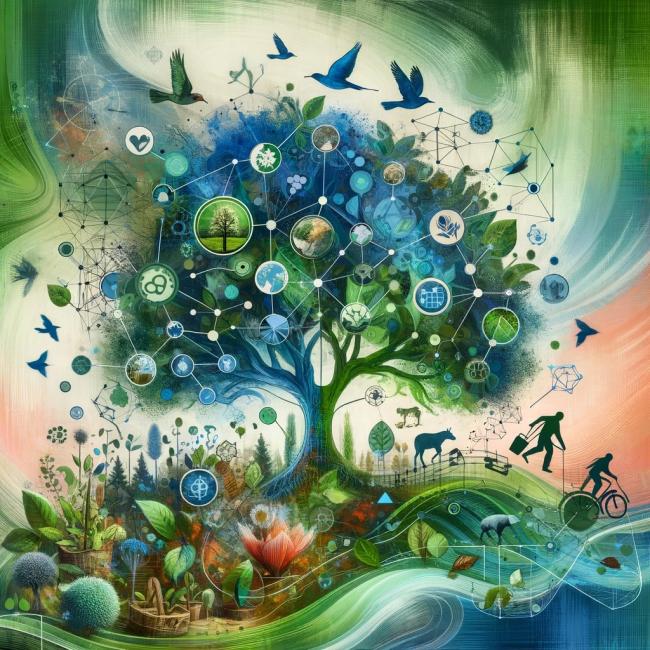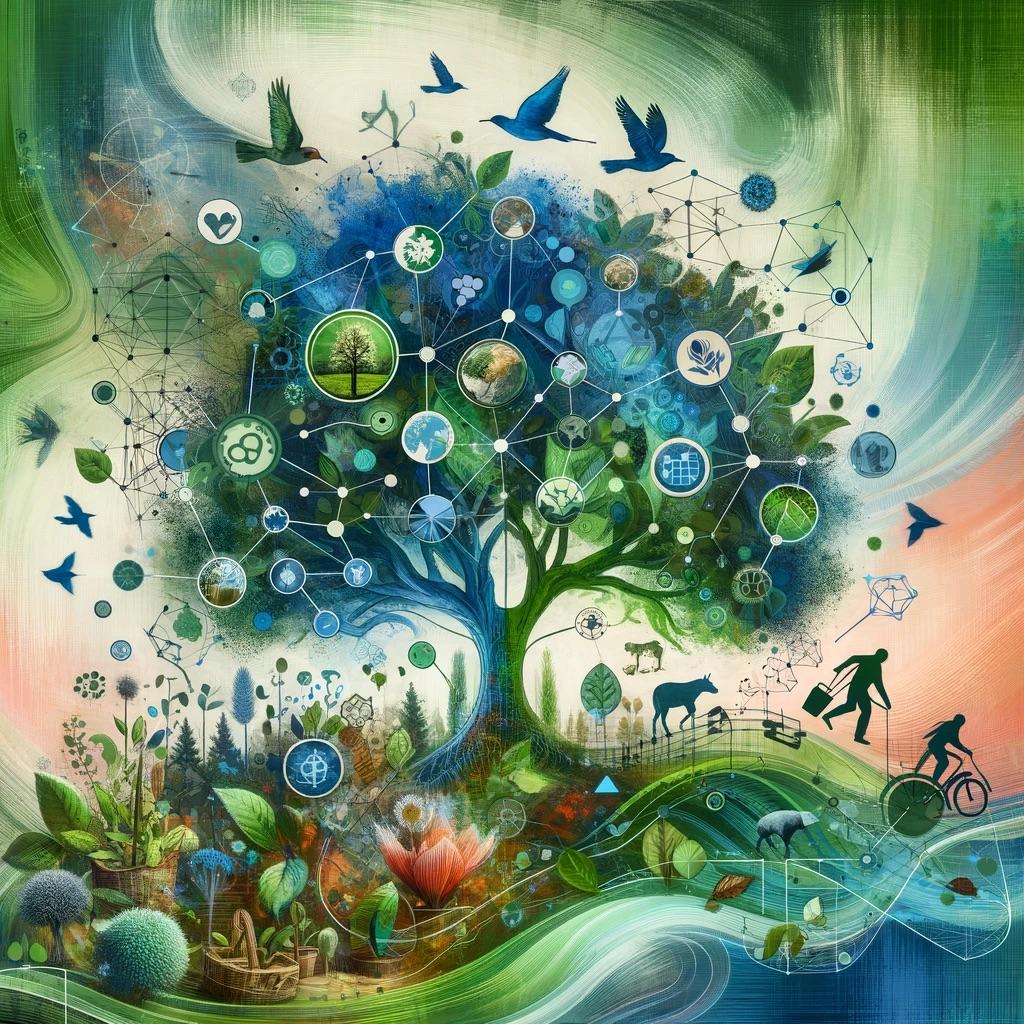

In Austin, Texas, a vibrant city known for its dedication to environmental stewardship, the ReLeaf initiative is pioneering a novel approach to conservation. This model, rooted in the principle of micro royalties, credits various contributors to the city's ecological and cultural wealth, transforming how we appreciate and sustain natural and communal resources. Although it may not directly compensate non-human contributors like animals and plants, their attributed earnings bolster conservation efforts, enriching the community and ecosystems alike.
Understanding Micro Royalties
Micro royalties represent a form of compensation or acknowledgment for contributions to a successful project or ecosystem. In the context of ReLeaf, this concept is applied to recognize actions that benefit the environment, such as planting trees, conserving water, or promoting biodiversity. Instead of monetary compensation, contributions are quantified and translated into support for relevant conservation projects.
How it Works: Austin's Application
Austin's implementation of the ReLeaf micro royalty system showcases a multifaceted approach:
-
Leaderboard of Contributors: Austin maintains a digital leaderboard that tracks and displays contributions from various sources—local gardeners, wildlife activities, and even natural events like rainfalls that replenish the city’s green spaces. For example, if a particular area in Zilker Park flourishes because local volunteers planted native flora, their efforts are logged and highlighted on the leaderboard.
-
Allocation of Funds: The accrued 'earnings' from these contributions are then allocated to conservation projects. For instance, earnings attributed to bee pollination activities in the Lady Bird Johnson Wildflower Center might fund the planting of more pollinator-friendly landscapes or educational programs about the importance of pollinators.
-
Community Engagement and Education: Alongside tracking and funding, ReLeaf uses the leaderboard to educate the public about the interconnectedness of ecosystems and the tangible impacts of various contributors. Interactive displays at venues like the Austin Nature and Science Center allow visitors to see real-time data on contributions and their outcomes.
Real-world Impact and Examples
One notable example involves the Barton Creek Greenbelt. Here, contributions from local fauna like deer and various bird species, alongside human activities such as trash clean-ups and native plant reintroductions, are quantified. The funds that these contributions would theoretically earn are directed towards maintaining the trails and educational signage, enhancing both the ecological and recreational quality of the greenbelt.
Another example is the annual "Save Our Springs" initiative. Contributions logged during this event, such as volunteer hours spent removing invasive species or educational workshops led by local experts, translate into direct financial support for ongoing water quality projects managed by the Save Our Springs Alliance.
Conclusion
Austin's ReLeaf initiative exemplifies how modern conservation efforts can evolve beyond traditional methods. By recognizing and quantifying the contributions of all actors in an ecosystem, Austin not only fosters a greater appreciation for the natural world but also finances the continued protection and enhancement of its urban and natural landscapes. This innovative approach promises not only to maintain but to regenerate and enrich the city's green spaces, making Austin a model for sustainable urban living. Through ReLeaf, Austin demonstrates that when we change the way we value nature, we can transform our relationship with the world around us.